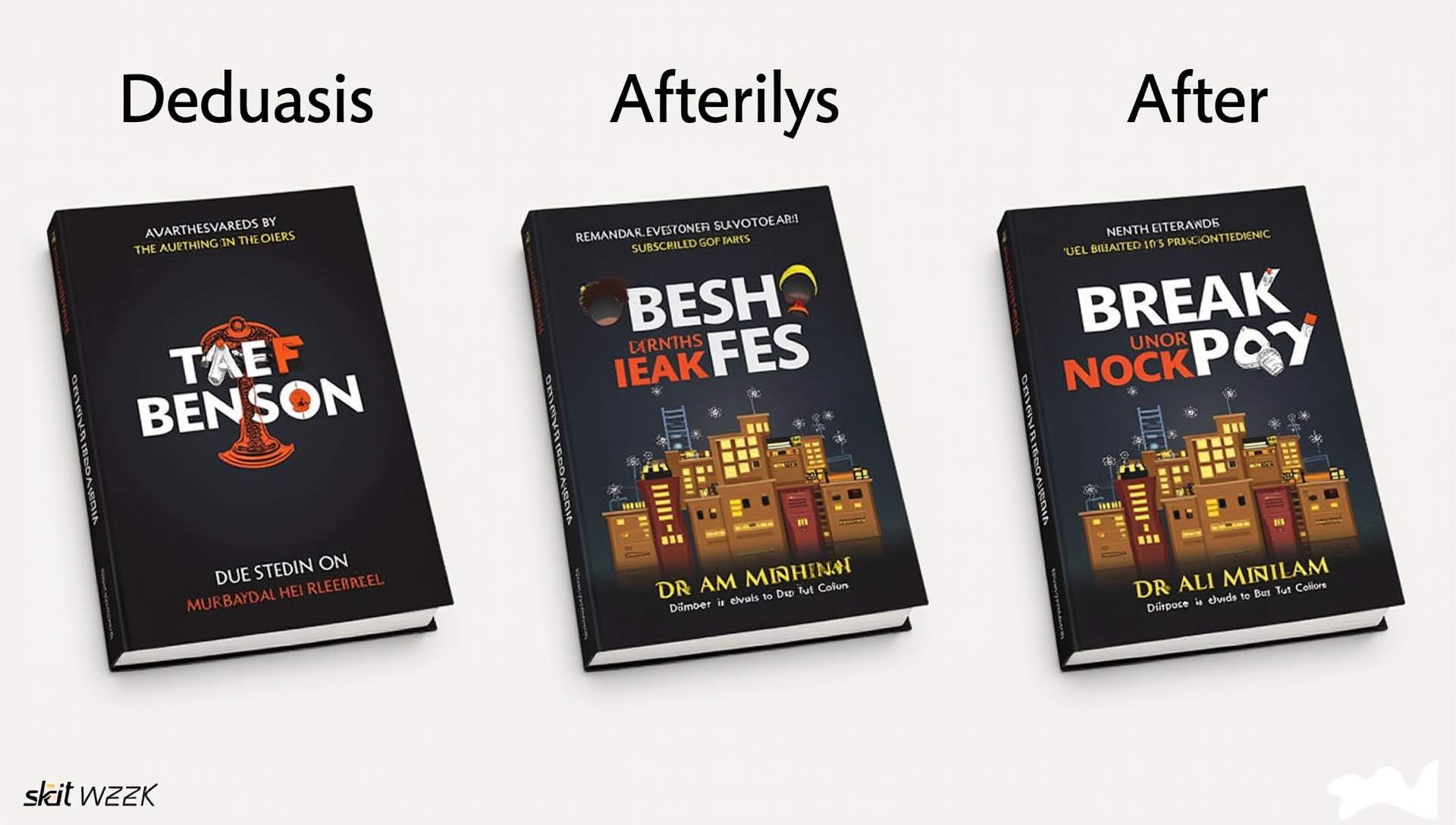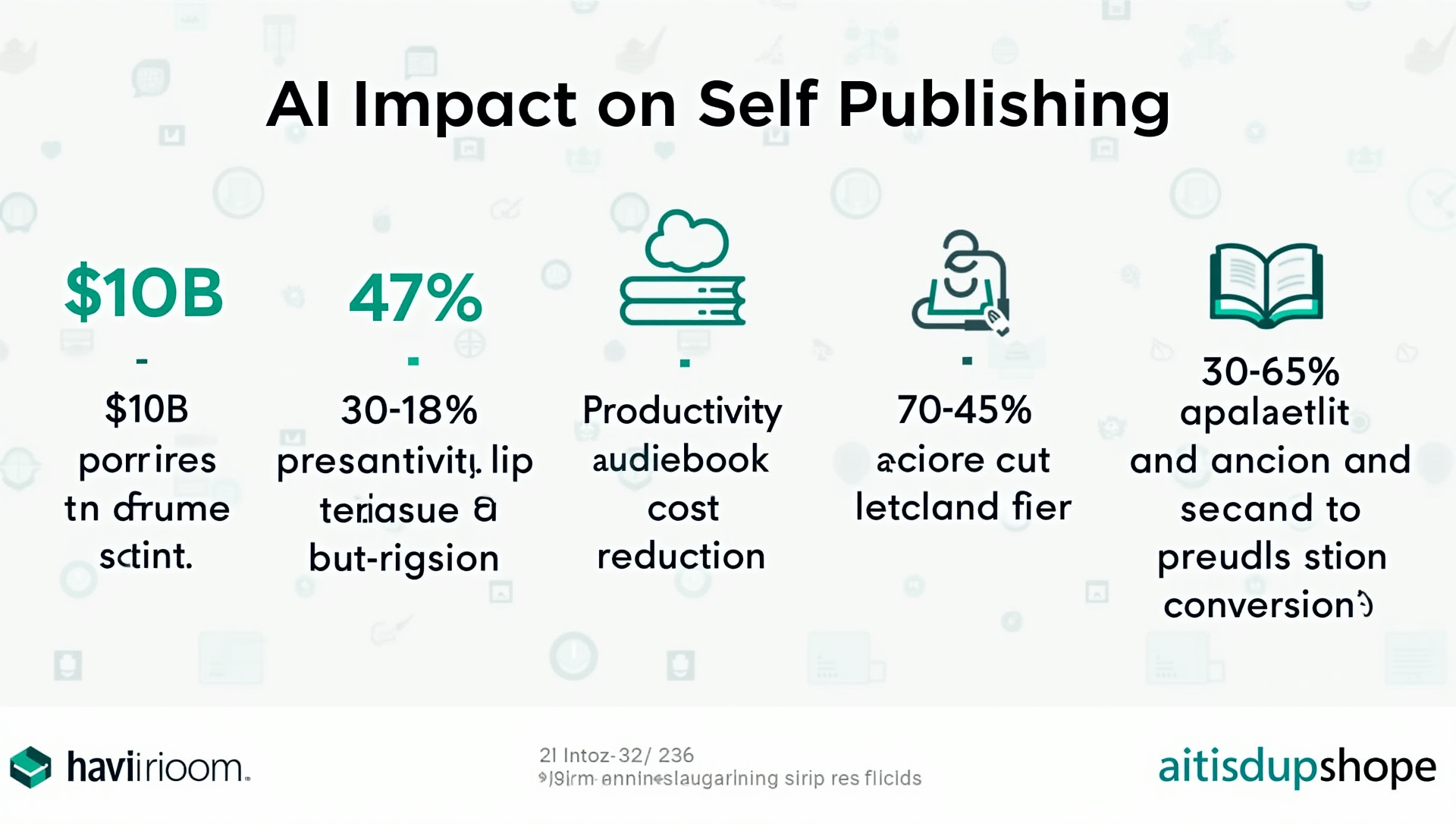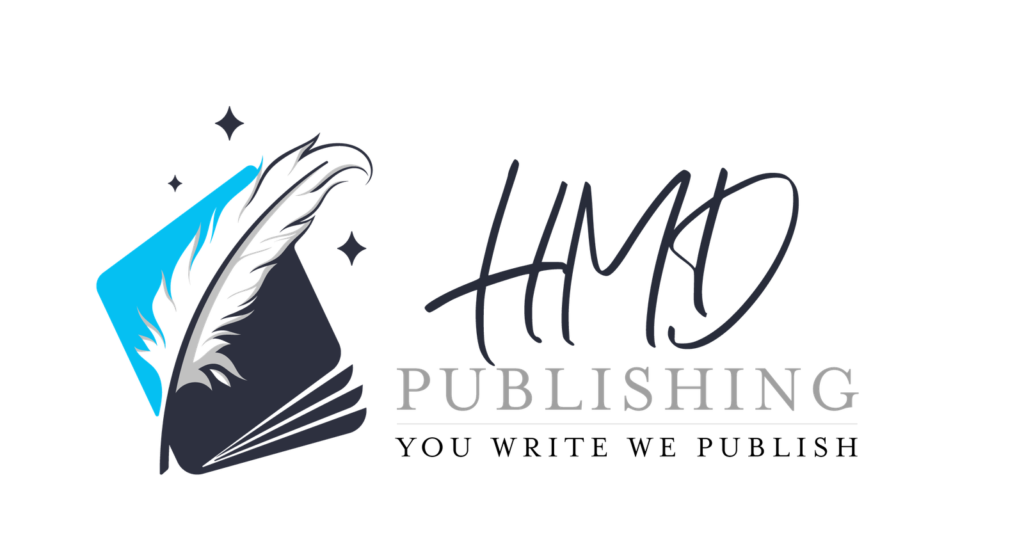The self-publishing landscape is experiencing a profound transformation driven by artificial intelligence technologies that are revolutionizing everything from manuscript creation to marketing and distribution. As AI tools become more sophisticated and accessible, independent authors now have unprecedented opportunities to streamline their workflows, reduce costs, and compete more effectively in an increasingly crowded marketplace.
Key Takeaways
The global self-publishing market has grown to over $10 billion with nearly half of indie authors now using AI tools. AI writing assistants can increase author productivity by 30-60% while cutting costs dramatically compared to traditional services.
AI-powered editing tools can reduce grammar and spelling errors by up to 85%, while AI-generated book covers cost $20-50 compared to $300-1,500 for professional designers. Authors using AI marketing optimization report 30-45% improved conversion rates, and AI narration reduces audiobook production costs by 70-90%.
The AI Revolution in Self-Publishing
The self-publishing industry has exploded into a $10+ billion global market, with AI adoption accelerating dramatically since 2022. Recent industry surveys indicate that 47% of independent authors now report using at least one AI tool in their publishing workflow, signaling a fundamental shift in how books are created and brought to market.
This technological revolution isn’t limited to a single aspect of publishing—it’s disrupting virtually every phase of the process. From content creation and editing to design, marketing, and audiobook production, AI tools are removing traditional barriers that once made professional-quality publishing prohibitively expensive for individual authors.
For self-published authors, this transformation represents both an opportunity and a challenge. Those who adapt to these new technologies gain access to tools that were once available only to large publishing houses with substantial resources. Authors who lag in adopting these technologies may find themselves at a competitive disadvantage in an increasingly tech-driven marketplace.

AI Writing Assistants: Beyond Basic Grammar Checking
Today’s AI writing tools have evolved far beyond simple spell-checkers into sophisticated writing partners capable of assisting with everything from outlining to dialogue creation. Leading solutions like ChatGPT, Sudowrite, Jasper, and NovelAI offer features specifically designed for creative writers, with capabilities tailored to different genres and writing styles.
The economic equation is compelling: AI writing assistance typically costs between $10-50 per month, compared to human ghostwriters who charge $2,000-15,000 per book. This dramatic cost reduction has democratized access to writing support, allowing authors on limited budgets to benefit from assistance that was once available only to those with substantial financial resources.
The productivity gains can be substantial, with many authors reporting 30-60% increases in output when using AI for drafting and outlining. I’ve found that AI assistants are particularly valuable for overcoming writer’s block, generating plot ideas, and creating initial drafts that can then be refined with the author’s unique voice and perspective.
Here are some practical applications of AI writing tools in the author’s workflow:
- Generating character profiles and backstories
- Creating detailed scene outlines based on plot points
- Suggesting dialogue variations to improve character voices
- Drafting marketing copy like book descriptions and author bios
- Adapting writing style to match genre expectations
Revolutionizing Book Editing with AI
The editing phase of book production has been transformed by AI technologies that can identify and correct a wide range of issues at a fraction of the cost of professional editing. Tools like ProWritingAid, AutoCrit, and Grammarly now offer sophisticated analysis that goes well beyond basic grammar checking to include style, pacing, and readability assessments.
The numbers tell a compelling story: AI editing tools achieve average error reduction rates of 75-85% for grammar and spelling issues, and 40-60% for stylistic concerns. While not perfect, these tools catch the majority of technical issues that would otherwise require expensive human editing services.
The cost differential is substantial, with AI editing subscriptions ranging from $10-30 per month versus professional editing that typically costs $500-3,000 per manuscript. For authors operating on tight budgets, this represents a game-changing opportunity to produce professionally polished work without breaking the bank.
However, AI editors do have limitations authors should be aware of:
- They may miss contextual errors or nuanced issues specific to certain genres
- They can’t fully evaluate plot consistency or character development
- They sometimes suggest changes that flatten an author’s unique voice
- They’re less effective with experimental writing styles or complex structures

AI-Generated Book Covers and Interior Design
Book cover design has traditionally been a significant expense for self-published authors, with professional designers charging $300-1,500 for custom covers. AI art generators like Midjourney, DALL-E, and Canva’s AI tools have disrupted this model, enabling authors to create visually striking covers for as little as $20-50.
These AI design tools use text prompts to generate unique images that can be refined through iterative prompting. The technology has advanced rapidly, with the latest generations producing artwork that can be difficult to distinguish from human-created designs in many cases.
Beyond covers, AI is also transforming interior book formatting. Automated tools can now handle complex layout tasks like proper chapter formatting, consistent typography, and even illustrated elements—all tasks that once required specialized design skills or expensive software.
However, copyright concerns loom large in the AI art space. I recommend these best practices for authors using AI-generated images:
- Verify the terms of service for commercial use of images from your chosen AI platform
- Consider using AI-generated images as a starting point, then modifying them substantially
- Keep records of your prompts and the generation process
- Avoid prompts that specifically reference existing artists, books, or trademarked elements
- When in doubt about commercial rights, consult with a copyright attorney
Marketing Automation and Reader Targeting
AI has revolutionized book marketing through sophisticated targeting and automation capabilities that once required dedicated marketing teams. Today’s authors have access to AI-powered tools that can optimize Amazon advertising, BookBub ad placements, and email marketing campaigns with minimal human intervention.
The results speak for themselves: authors using AI ad optimization report 30-45% improved conversion rates compared to manually managed campaigns. This improved efficiency translates directly to lower acquisition costs per reader and higher overall ROI on marketing spend.
Personalization represents another frontier where AI is delivering impressive results. AI-driven reader segmentation can increase email engagement by 25-40% by delivering tailored book recommendations and promotional content based on individual reading patterns and purchase history.
Some of the most effective AI marketing applications for authors include:
- Automated A/B testing of book descriptions and ad copy
- Dynamic pricing optimization based on market demand
- Predictive analysis to identify the best times for promotions
- Content calendars that optimize social media posting schedules
- Smart email sequences that adjust based on subscriber engagement

The AI Audiobook Revolution
Perhaps no area of publishing has seen more dramatic AI disruption than audiobook production, where costs have traditionally been prohibitive for many independent authors. AI narration tools from companies like Google Play, Apple Books, DeepZen, and Speechki have fundamentally changed the economics of audio publishing.
The market data is striking: AI narration reduces audiobook production costs by 70-90%, bringing the price point down to $100-300 compared to $1,000-3,000 for professional human narration. This dramatic reduction has opened the audiobook market to countless authors who previously couldn’t afford to enter this rapidly growing segment.
Quality comparisons between AI and human narration reveal a narrowing gap. While listener surveys still show a preference for human narration in literary fiction and emotional content, AI voices perform competitively in genres like non-fiction, self-help, and certain types of genre fiction.
The most effective applications of AI audio technology include:
- Non-fiction books where clear delivery of information is the primary goal
- Genre fiction with straightforward narration requirements
- Creating audio versions of shorter works like novellas or short stories
- Producing audio content for marketing purposes like samples and previews
Ethical Considerations and Creative Ownership
As AI becomes more integrated into the creative process, authors face complex ethical and legal questions about originality and ownership. Recent legal cases have begun to establish precedents regarding AI-assisted content, though many areas remain unsettled in copyright law.
Traditional publishers are developing policies around AI-generated content, with many now requiring disclosure of AI use in manuscript submissions. This transparency trend is likely to continue, with readers and publishers alike seeking clarity about the role of AI in creating published works.
For authors using AI tools, I recommend these ethical guidelines:
- Be transparent with readers about your use of AI in your creative process
- Avoid using AI to directly copy another author’s style or content
- Maintain substantial human creative direction and editing over AI-generated content
- Stay informed about evolving legal precedents and industry standards
- Consider the impact on other creators when using AI tools that may have been trained on copyrighted works
The most sustainable approach is viewing AI as a collaborative tool rather than a replacement for human creativity. This perspective maintains the author’s unique voice and vision while leveraging AI’s capabilities for specific tasks within the creative process.
Distribution Intelligence: Using AI to Maximize Reach
AI algorithms increasingly determine which books readers discover on major platforms like Amazon, Apple Books, and Kobo. Understanding how these algorithms work—and how to optimize for them—has become essential knowledge for successful self-publishing.
AI-powered metadata optimization tools can significantly improve a book’s searchability and visibility. These tools analyze successful books in your genre to identify the most effective keywords, categories, and description elements that trigger algorithmic recommendations.
Predictive analytics represents another powerful AI application for book distribution. By analyzing historical sales data and market trends, these tools can help authors identify optimal timing for launches, price promotions, and marketing campaigns.
Here are practical ways authors can leverage distribution intelligence:
- Use AI keyword research tools to identify high-traffic, low-competition search terms
- Analyze your book’s metadata against top sellers in your category
- Time promotional activities to coincide with predicted demand surges
- Adjust pricing dynamically based on competitive analysis
- Optimize your book’s classification for maximum algorithmic exposure
The Future of AI and Self-Publishing: 2024 and Beyond
Looking ahead, industry experts predict even deeper integration of AI throughout the publishing ecosystem. Technologies currently in development point to AI systems capable of more nuanced understanding of narrative structure, emotional resonance, and reader psychology.
One significant concern is the potential for market saturation as AI tools lower the barriers to publishing. This could lead to quality perception challenges for self-published books as a category, making author branding and authentic voice more important than ever.
The emerging consensus among industry leaders points to hybrid human-AI workflows as the most effective approach. These collaborative models leverage AI for routine tasks while preserving the human creativity, emotional intelligence, and unique perspective that readers ultimately value.
For authors looking to stay ahead of these trends, I recommend:
- Experiment with AI tools but develop a distinctive authorial voice that can’t be replicated
- Focus on building direct reader relationships through newsletters and community engagement
- Stay informed about emerging AI technologies through author communities and industry resources
- Identify which aspects of your workflow benefit most from automation vs. human touch
- Consider how AI can enhance your unique creative vision rather than replace it
Conclusion
The AI revolution in self-publishing represents both an opportunity and a challenge for today’s authors. By strategically incorporating these technologies while maintaining creative control and authenticity, independent publishers can leverage AI to reduce costs, increase output, and compete more effectively in the marketplace.
The most successful authors will be those who view AI not as a replacement for human creativity but as a powerful set of tools that amplify their unique voice and vision. By staying informed about emerging technologies while focusing on the emotional connection that only human storytellers can create, authors can navigate this technological revolution and thrive in the evolving publishing landscape.
Sources
Alliance of Independent Authors



